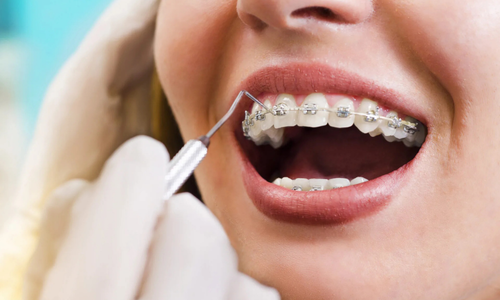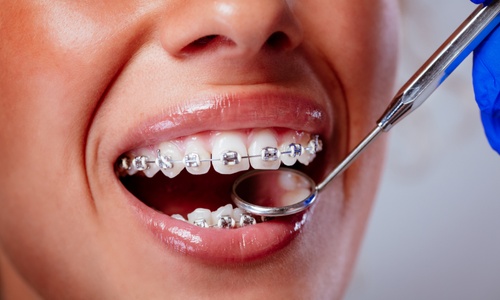Crooked teeth, gaps, and alignment problems are not only aesthetic concerns; they also significantly affect chewing, speech, and oral hygiene. Invisalign is a modern orthodontic treatment developed to correct these issues without using metal braces or wires. It involves the use of custom-made clear aligners and offers a comfortable and virtually invisible solution, making it ideal for individuals with high aesthetic expectations.
Invisalign aligners apply controlled, gradual pressure to the teeth, gently moving them into their ideal positions. These clear trays easily adapt to daily life and can be removed while eating or brushing teeth. Thanks to their transparency, they are virtually unnoticeable and eliminate the visual discomfort associated with traditional braces.
When Is Invisalign Used?
-
Mild to moderate dental crowding
-
Gaps between teeth (diastema)
-
Bite issues such as open bite, deep bite, or crossbite
-
Misalignment of front teeth
-
Relapse after previous orthodontic treatment
Invisalign is particularly suitable for adults and teenagers who are concerned about aesthetics.
How Does the Invisalign Treatment Process Work?
-
Examination and Digital Planning
The dentist performs a detailed 3D scan of the patient’s teeth.
Using special software, a treatment plan is created and the final outcome is digitally simulated for the patient. -
Custom Aligner Production
Aligners are manufactured specifically for the patient, based on the treatment plan.
Each aligner set is designed to move teeth gradually and precisely. -
Aligner Usage
Each aligner moves the teeth approximately 0.25 mm and serves as a step in the overall treatment.
Patients switch to a new set of aligners every 1–2 weeks.
Aligners must be worn 20–22 hours per day and should only be removed when eating, drinking, or brushing teeth.
Consistent usage is crucial to ensure treatment success; inadequate wear time may prolong the process or reduce effectiveness. -
Regular Check-Ups
Appointments are scheduled every 6–8 weeks to monitor progress.
The dentist may revise the treatment plan if necessary, based on aligner transitions and results. -
Completion of Treatment
Invisalign treatment usually takes between 6 and 18 months, with shorter durations for mild cases.
A clear retainer is often recommended post-treatment to maintain the teeth’s final positions.
Advantages of Invisalign Treatment
-
Nearly invisible – no aesthetic concerns
-
Removable – integrates easily into daily routines
-
No wires or brackets – less irritation in the mouth
-
No restrictions on brushing or eating habits
-
Digital planning enables end-to-end treatment tracking
-
Custom fit for maximum comfort and effectiveness
With Invisalign, you can achieve a symmetrical and healthy smile without braces and without compromising on appearance. Thanks to clear aligner technology, it’s possible to maintain your natural look while undergoing a comfortable orthodontic experience.







